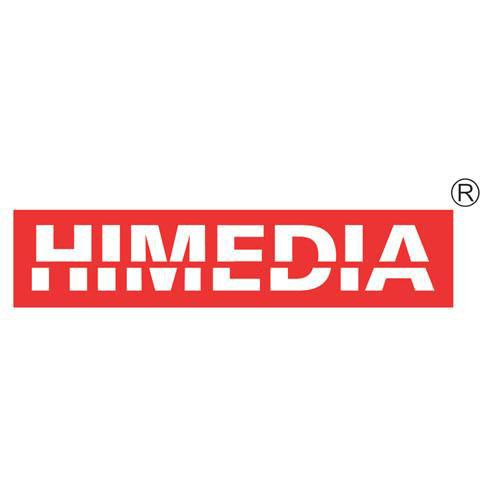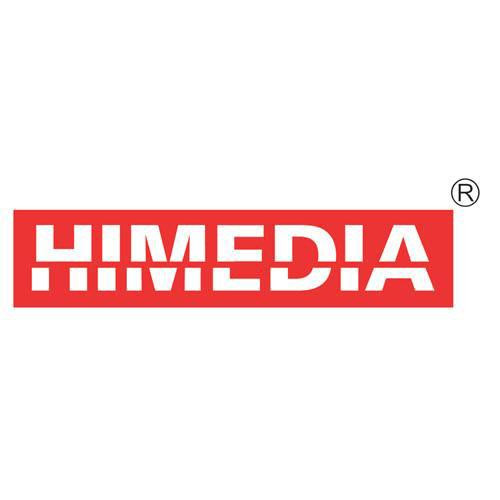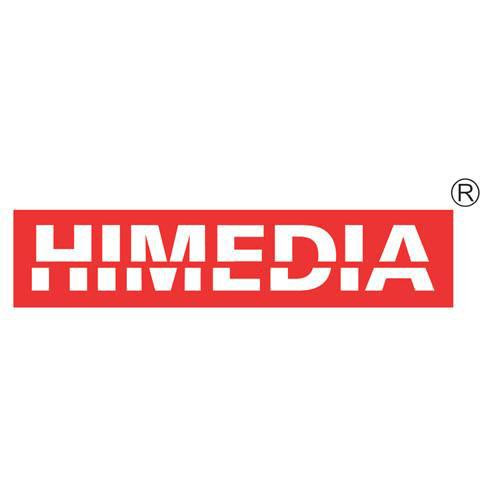The Salmonellae constitute the most taxonomically complex group of bacteria among Enterobacteriaceae (1). Human Salmonella infections are most commonly caused by ingestion of food, water or milk contaminated by human or animal excreta. Humans are the only reservoirs of S . Typhi (2). Four clinical types of Salmonella infections may be distinguished (3) namely gastroenteritis, bacteremia or septicemia, enteric fever and a carrier state. Of the various media employed for the isolation and preliminary identification of Salmonellae, particularly Salmonella Typhi; Bismuth Sulphite Agar is the most productive (4). Bismuth Sulphite Agar is a modification of original Wilson and Blair Medium (5-7). It is also recommended by various Associations (8-13) for the isolation and preliminary identification of Salmonella Typhi and other Salmonellae from pathological materials, sewage, water, food and other products. S . Typhi, S . Enteritidis and S . Typhimurium typically grow as black colonies with a surrounding metallic sheen resulting from hydrogen sulphide production and reduction of sulphite to black ferric sulphide. Salmonella Paratyphi A grows as light green colonies. Bismuth Sulphite Agar may be inhibitory to some strains of Salmonella species and therefore should not be used as the sole selective medium for these organisms. Shigella species are mostly inhibited on this medium; exceptions being S. flexneri and S.sonnei (14) and also some Salmonella like S.Sendai, S. Berta, S. Gallinarum, S. Abortus-equi are inhibited (14). Also this medium favors use of larger inoculum as compared to other selective media, as it has unique inhibitory action towards gram-positive organisms and coliforms. Peptic digest of animal tissue and beef extract serve as sources as carbon, nitrogen, vitamins and essential growth factors. Dextrose is the carbon source. Disodium phosphate maintains the osmotic equilibrium. Bismuth sulphite indicator along with brilliant green inhibits the intestinal gram-positive and gram-negative bacteria. Ferrous sulphate aids in detection of hydrogen sulphide production. Clinical samples can be directly used to inoculate Bismuth Sulphite Agar. In case of food samples, pre enrichment of the sample is done prior to inoculation. Storage and Shelf-life: Store below 30°C in tightly closed container and prepared medium at 2-8°C but not for more than 2 days as after which dye oxidizes to give green that could be inhibitory to some Salmonellae. Use before expiry date on the label. References: 1. Tindall B. J., Crimont P. A. D., Gorrity G. M., EUZESY B. P., 2005, Int. J. Sys. Evol. Microbiol., 55:521 2. Koneman E. W., Allen S. D., Janda W. M., Schreckenberger P. C., Winn W. C. Jr., 1992, Colour Atlas and Textbook of Diagnostic Microbiology, 4 th Ed., J. B. Lippinccott Company 3. Mandell G. L., Douglas R. G. Jr., Bennet J. E., (Eds.) , 1985, Principles and Practice of Infectious Diseases, 2nd Ed., 660-669, John Wiley & Sons New York. 4. Gunter and Tuft, 1939, J. Lab. Clin. Med., 24:461. 5. Wilson and Blair, 1926, J. Pathol. Bateriol., 29:310. 6. Wilson and Blair, 1927, J. Hyg., 26:374 7. Wilson and Blair, 1931, J. Hyg., 31:138 8. Washington J. A., 1981, Laboratory Procedures in Clinical Microbiology, Springer-Verlag, New York. 9. Greenberg A. E., Clesceri L. S. and Eaton A. D., (Eds.), 1998, Standard Methods for the Examination of Water and Wastewater, 20th Ed., APHA, Washington D.C. 10. FDA Bacteriological Analytical Manual, 2005, 18th Ed., AOAC, Washington, D.C. 11. Murray P. R., Baron J. H., Pfaller M. A., Tenover F. C. and Yolken R. H., (Eds.). 1999, Manual of Clinical Microbiology, 7th Ed., American Society for Microbiology, Washington, D.C. 12. Downes F. P. and Ito K., (Eds.), 2001, Compendium of Methods for the Microbiological Examination of Foods, 4th Ed., APHA, Washington, D.C. 13. Indian Pharmacopoeia, 1996, Ministry of Health and Family Welfare, Govt. of India, Volume 2. 14. MacFaddin J. F., 2000, (Ed.), Biochemical Tests for Identification of Medical Bacteria, 3rd Edition, Lippincott, Williamss & Wilkins, New York.
- UPC:
- 51283922
- Condition:
- New
- Availability:
- 3 Days
- Weight:
- 1.00 Ounces
- HazmatClass:
- No
- WeightUOM:
- LB
- MPN:
- M027-2.5KG















